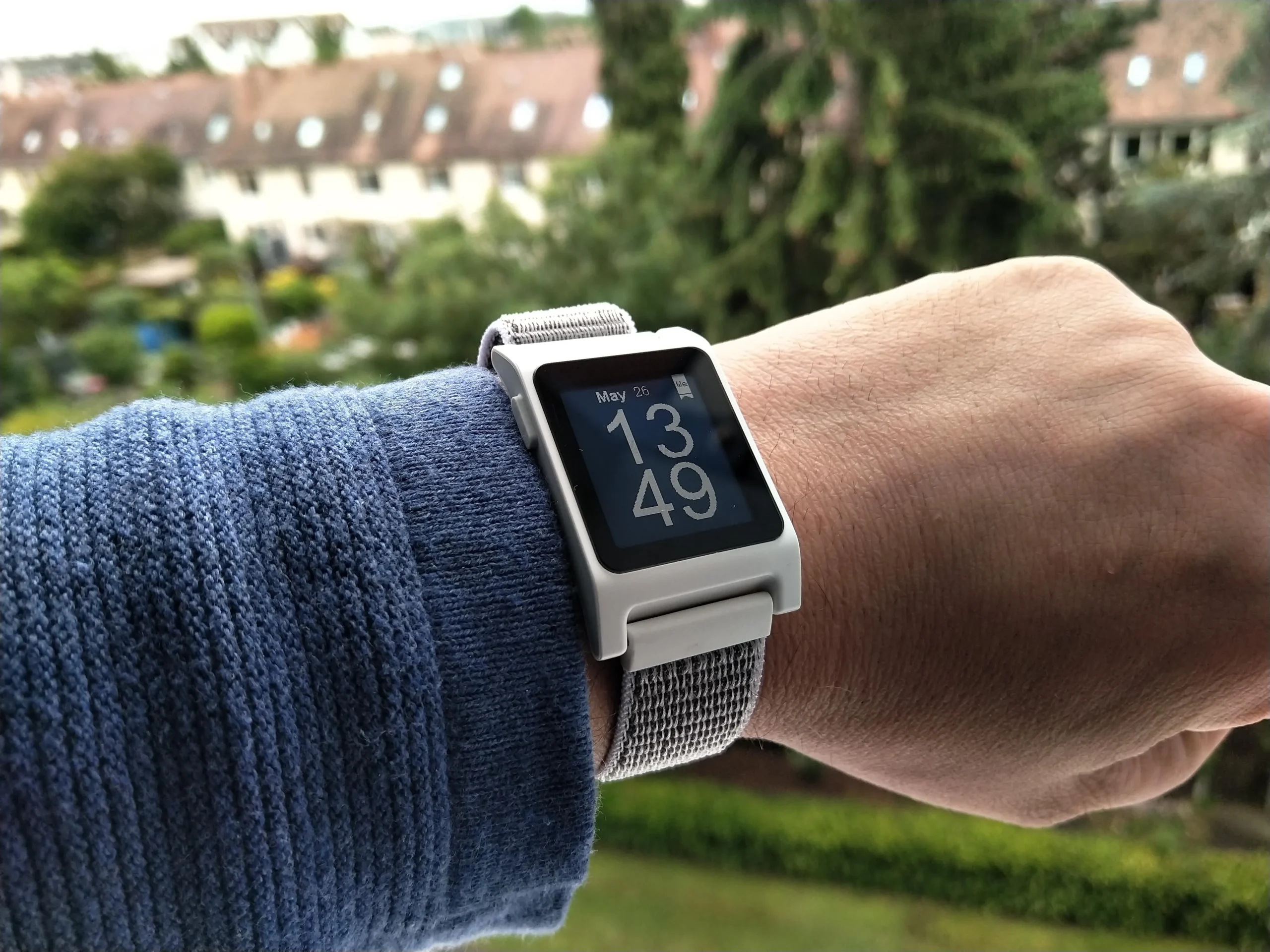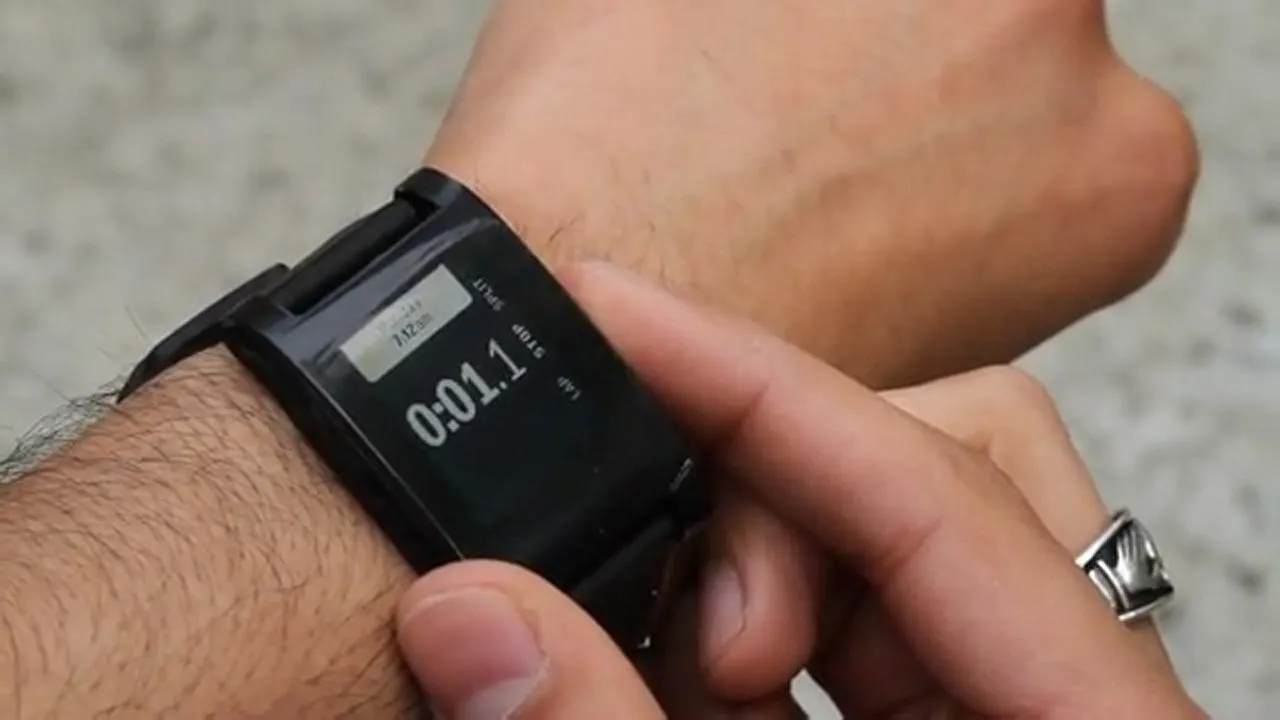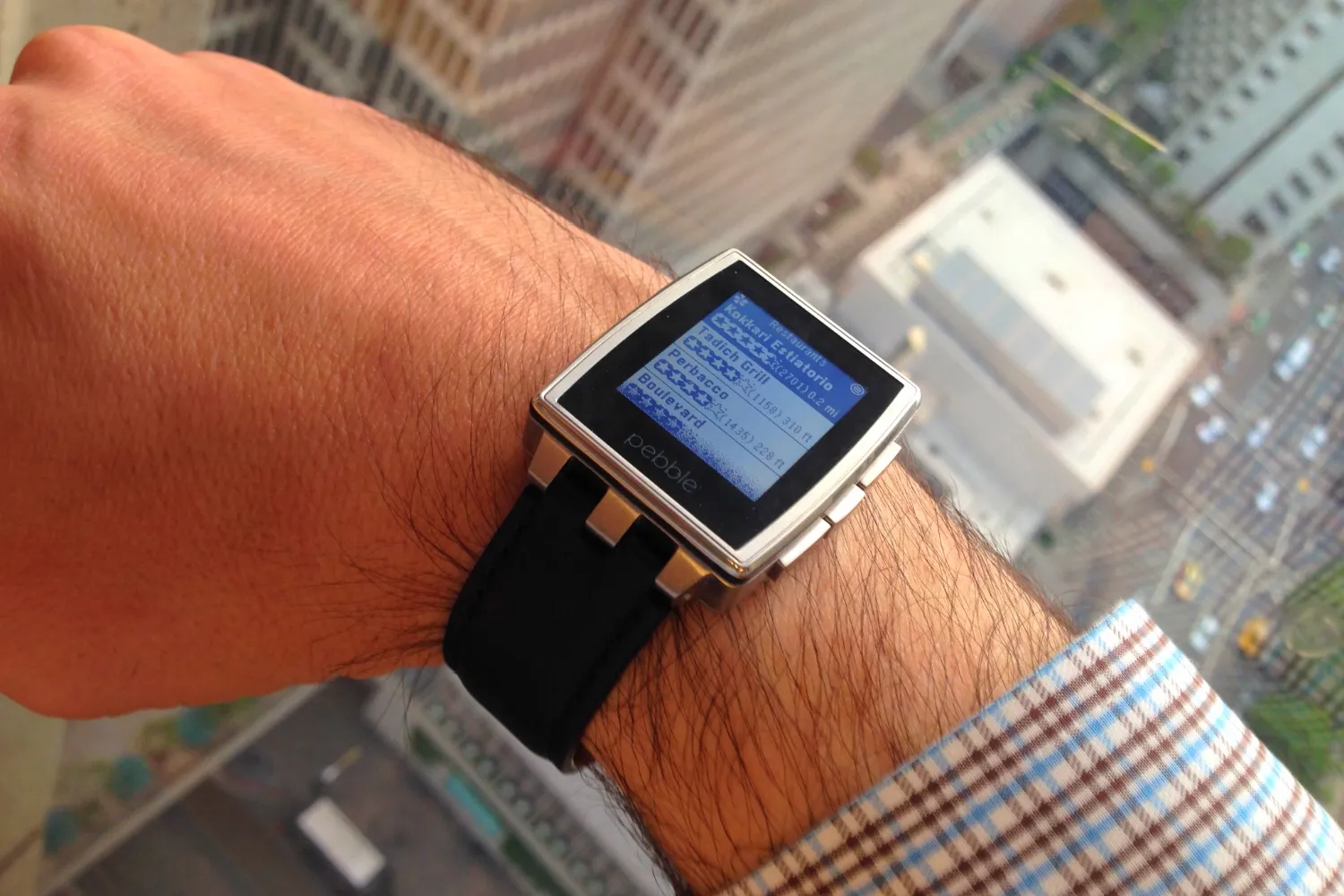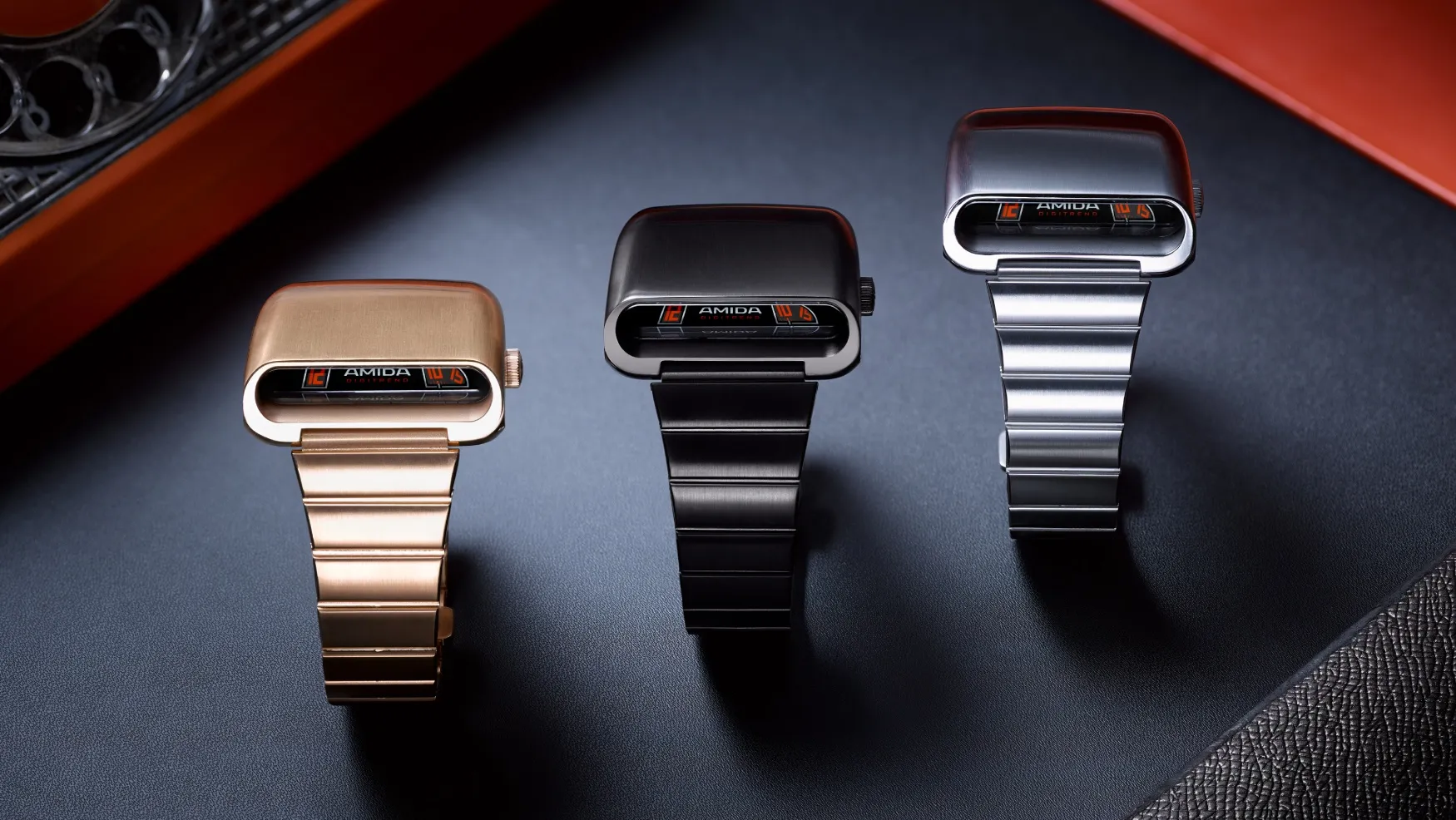In an era dominated by high-tech wearables, the simplicity of the Pebble smartwatch is making a surprising return. Eric Migicovsky, the original founder of Pebble, is spearheading the revival of the beloved smartwatch, leveraging his experience and vision to reintroduce a gadget that promises to blend classic features with modern adaptability.

The Path to Pebble’s Revival
The journey back to relevance for Pebble began when Migicovsky persuaded Google to open-source the smartwatch’s operating system. This move is not just a nod to the tech-savvy community but also a strategic pivot towards transparency and customization, traits that Pebble originally stood for.
According to Eric Migicovsky in an interview with The Verge, “For the things I want out of it, like a good e-paper screen, long battery life, good and simple user experience, hackable, there’s just nothing.” His dedication to restoring a user-centric approach in a market flooded by feature-heavy smartwatches highlights a unique selling proposition for the new product.

A Legacy of Innovation and Challenges
Pebble’s narrative is one of early success and rapid challenges. Launched in 2012 via a record-setting Kickstarter campaign, Pebble introduced the market to affordable smartwatches with e-ink displays that emphasized longevity and functionality over flamboyance. These devices could effortlessly sync with both iOS and Android platforms, displayed notifications, controlled music, and boasted a battery life of 5-7 days.
However, Pebble’s journey was turbulent, with financial overreach and competitive pressures leading to its acquisition by Fitbit for $23 million—a figure significantly lower than the capital raised during its venture-funded years. Fitbit’s subsequent acquisition by Google further obscured Pebble’s presence in the tech market. Yet, the open-sourcing of Pebble’s software by Google, at Migicovsky’s behest, sets the stage for a potential renaissance.

Pebble Reimagined
Migicovsky’s new vision involves creating a “spiritual clone” of the original Pebble. This indicates a return to the basics with improvements where necessary but keeping the core experience intact. He explains, “We’re building a spiritual, not successor, but clone of Pebble, because there’s not that much I actually want to change.” The initiative will allow enthusiasts and new users alike to explore a more personalized and open-source approach to wearable technology.
The revival plans also reflect Migicovsky’s commitment to sustainable growth, using his personal capital to fund the venture. His experience post-Pebble, including his time with Beeper and as an investor at Y-Combinator, will likely influence his strategies in navigating the competitive landscape dominated by tech giants like Apple and Google.
What This Means for Smartwatch Enthusiasts
The return of Pebble under a new guise is a significant development for smartwatch aficionados and the tech community. It represents a shift back to basics, focusing on what made smartwatches a staple for many: simplicity, reliability, and accessibility. Moreover, the open-source nature of Pebble’s software could spur innovation, allowing developers to experiment and possibly create new iterations or products based on the Pebble platform.

As the tech world watches, Pebble’s rebirth under Eric Migicovsky’s guidance could either redefine the smartwatch market or serve as a nostalgic homage to a once-coveted brand. Either way, Pebble’s story adds a fascinating chapter to the evolution of wearable technology, championing user experience over feature saturation in a market ripe for disruption.










